The growth of global trade has significantly strengthened the economic ties between Iran and Vietnam, two nations with complementary markets and expanding industries. As demand for shipping between these two countries increases, understanding the nuances of international logistics becomes essential. Shipping goods from Iran to Vietnam involves navigating different transportation options, customs regulations, and logistical challenges. In this article, we’ll provide a detailed guide on how to ship goods between these two countries, highlighting key aspects of the process and how Lian Visman, an experienced shipping company, can assist.
1. Understanding the Trade Between Iran and Vietnam
Iran and Vietnam have established a solid trade relationship, with key exports including agricultural products, industrial machinery, petrochemical goods, textiles, and consumer products. Vietnam imports Iranian oil, chemicals, and raw materials, while Iran imports electronics, rice, and seafood from Vietnam. The increasing trade flow necessitates reliable shipping solutions to ensure timely and secure delivery of goods.
Contact us to inquire about shipping rates.
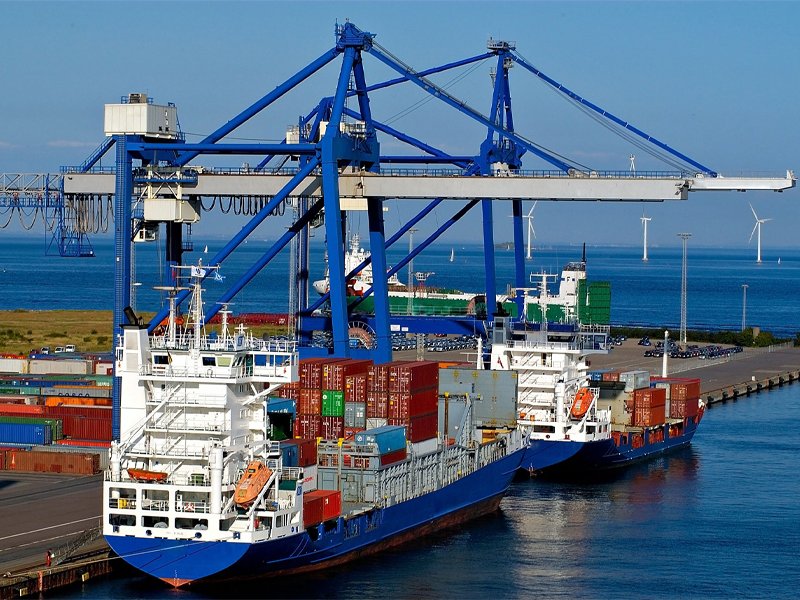
2. Modes of Shipping from Iran to Vietnam
Shipping between Iran and Vietnam is possible via two primary modes of transportation:
Sea freight is the most cost-effective and widely used shipping option for bulk goods. Major Iranian ports like Bandar Abbas and Bandar Imam Khomeini are connected to Vietnamese ports such as Ho Chi Minh City and Haiphong.
Advantages:
Economical for large and heavy shipments.
Suitable for non-urgent goods.
Flexible options, including Full Container Load (FCL) and Less than Container Load (LCL).
Challenges:
Longer transit times (approximately 25-35 days depending on the route).
Additional costs for port handling and customs clearance.
Air freight is ideal for urgent or high-value goods. Major Iranian airports like Imam Khomeini International Airport (IKA) facilitate shipments to Vietnamese cities, including Hanoi and Ho Chi Minh City.
Advantages:
Faster transit times (3-7 days).
Secure handling of valuable or time-sensitive goods.
Challenges:
Higher shipping costs compared to sea freight.
Limited capacity for oversized or bulky shipments.
3. Customs Regulations and Documentation
Efficient customs clearance is crucial for smooth shipping. Both Iran and Vietnam have strict customs regulations, requiring accurate documentation and compliance with import/export laws.
Essential Documents:
Commercial Invoice: Details of the goods, including quantity, value, and description.
Packing List: A detailed inventory of the shipment.
Bill of Lading (for sea freight) or Airway Bill (for air freight).
Certificate of Origin: Proof of where the goods were manufactured.
Import/Export Licenses: Depending on the type of goods.
Important Notes:
Tariffs and Duties: Vietnam applies import duties on goods based on their classification under the Harmonized System (HS) code. Consulting with an expert like Lian Visman ensures accurate cost estimates.
Restricted Items: Some goods, such as hazardous materials or controlled chemicals, may require special permits.
4. Choosing the Right Shipping Partner
Selecting a reliable logistics provider is key to seamless shipping between Iran and Vietnam. Lian Visman, with years of experience in international freight forwarding, offers tailored shipping solutions to meet diverse business needs.
Read more: Freight Forwarder For Shipping From Iran to India
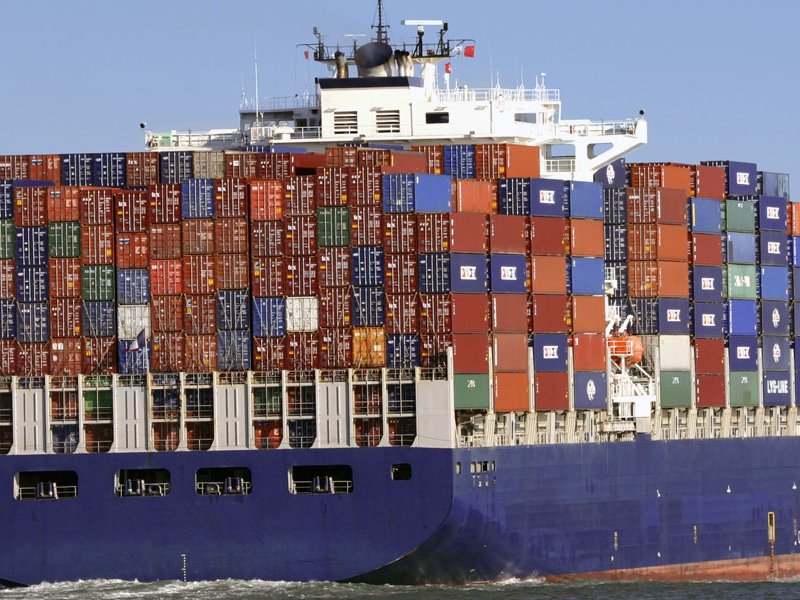
Why Choose Lian Visman?
Comprehensive Services: From documentation to customs clearance, Lian Visman handles every aspect of shipping with precision.
Flexible Solutions: Whether you need air freight, sea freight, or multimodal transportation, we provide options that suit your timeline and budget.
Transparent Pricing: Our competitive rates come with no hidden fees, ensuring cost-effectiveness for businesses.
Dedicated Support: Our expert team offers 24/7 assistance, guiding you through every step of the process.
5. Tips for Successful Shipping from Iran to Vietnam
Plan Ahead: Consider the transit times and choose the right shipping mode based on your timeline.
Verify Documentation: Ensure all required documents are complete and accurate to avoid delays at customs.
Choose the Right Packaging: Properly pack goods to prevent damage during transit, especially for fragile items.
Partner with Experts: Work with experienced freight forwarders like Lian Visman to streamline your shipping process.
Conclusion
Shipping from Iran to Vietnam is an integral part of the growing trade relationship between these two nations. While the process involves various logistical challenges, working with an experienced shipping partner like Lian Visman ensures a smooth and reliable experience. With the right planning, documentation, and expert guidance, businesses can achieve efficient and cost-effective shipping, strengthening their presence in both markets.
FAQs
Shipping times vary depending on the mode of transportation. Sea freight takes approximately 25-35 days, while air freight can deliver goods within 3-7 days.
Common goods include petrochemical products, textiles, machinery, electronics, rice, seafood, and agricultural products.
Lian Visman’s experienced team assists with preparing and verifying all necessary documents, ensuring compliance with customs regulations, and expediting the clearance process.
Key factors include the type and weight of goods, mode of transportation, distance, and additional services like insurance and customs clearance.

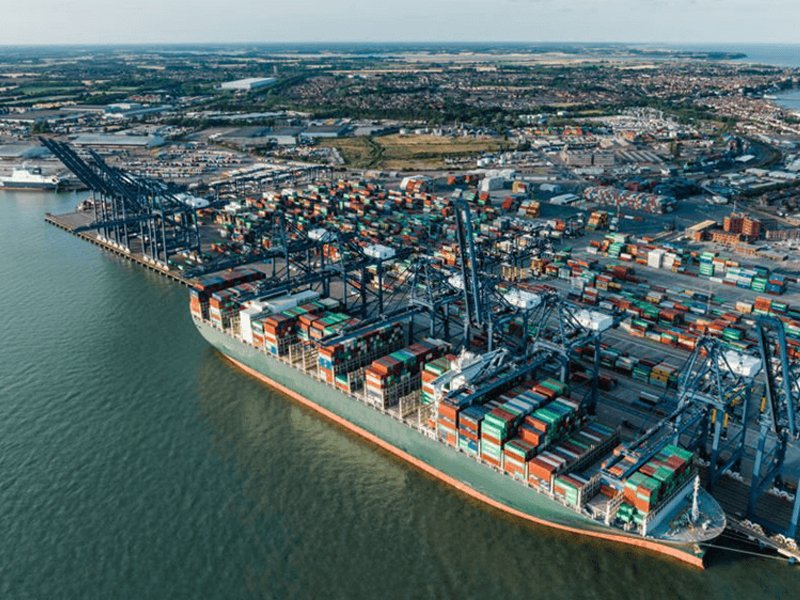

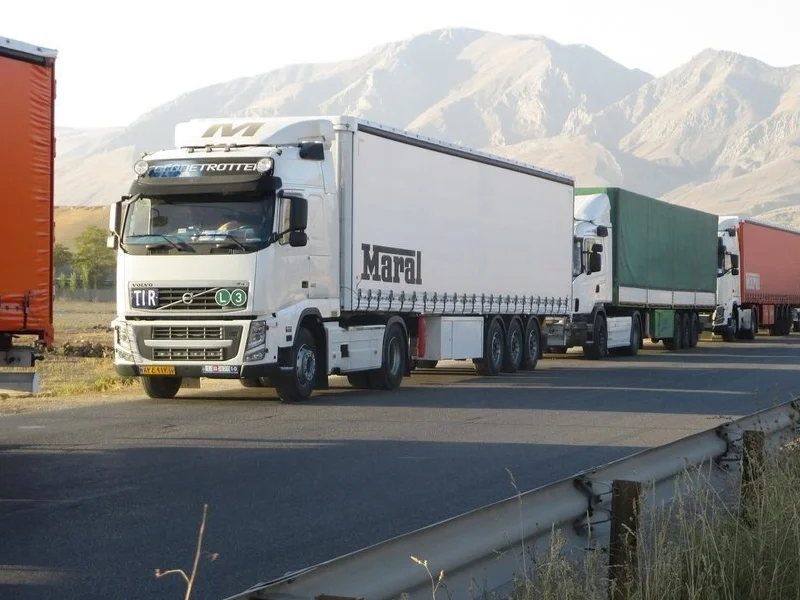
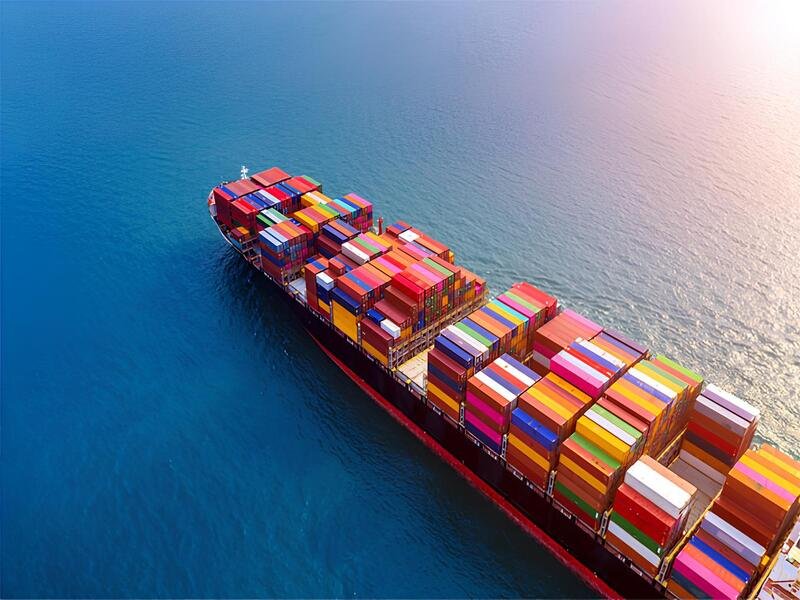
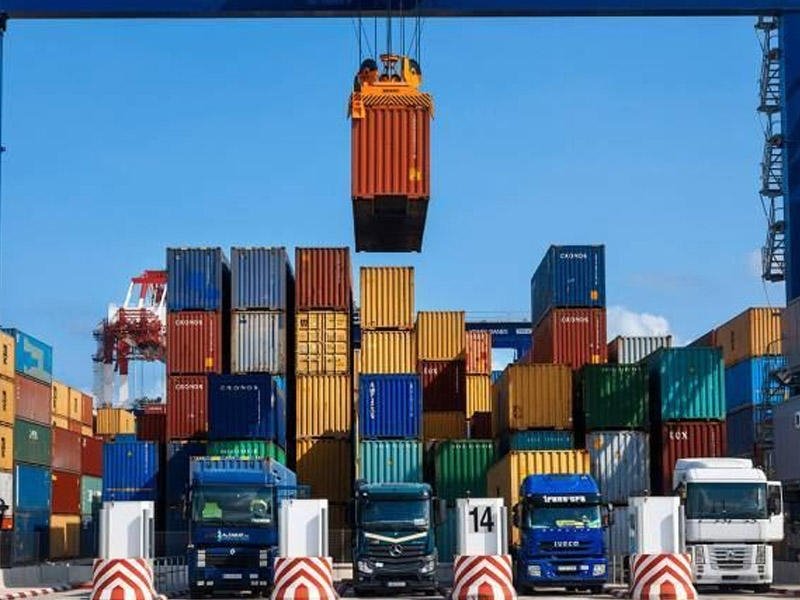
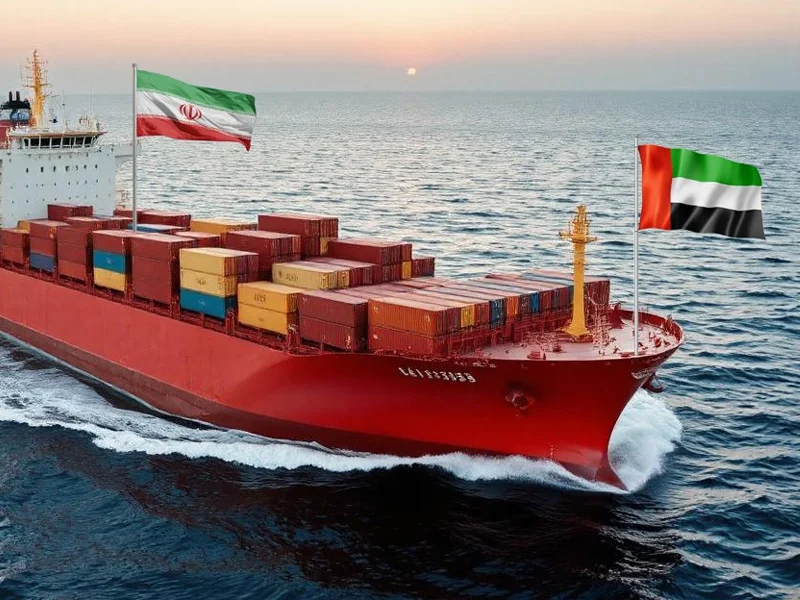
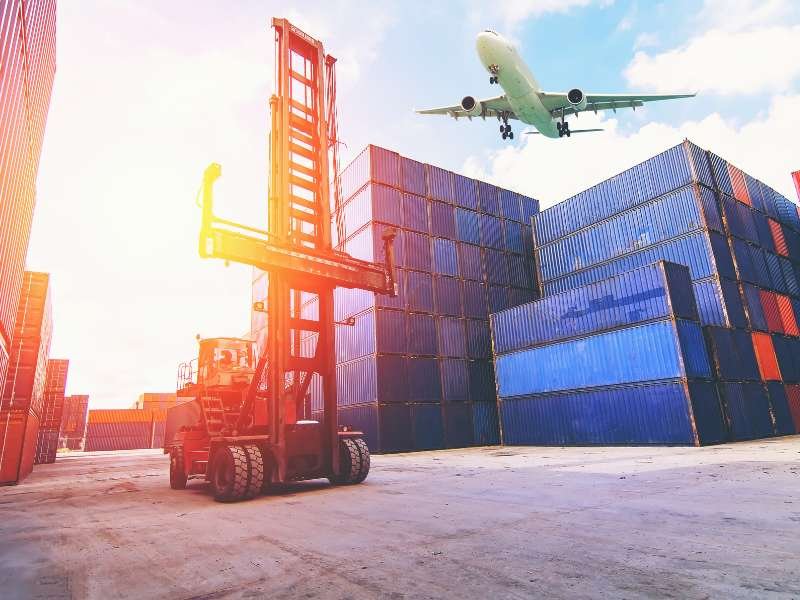


Recent Comments